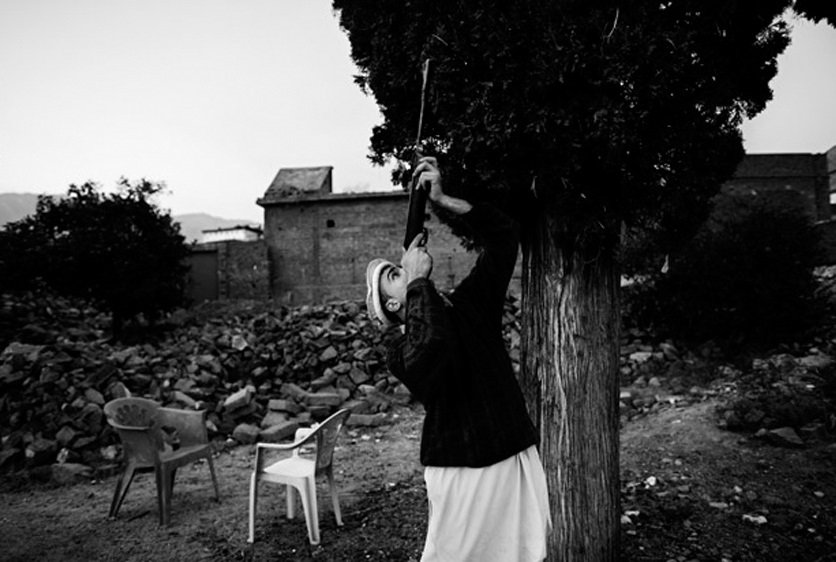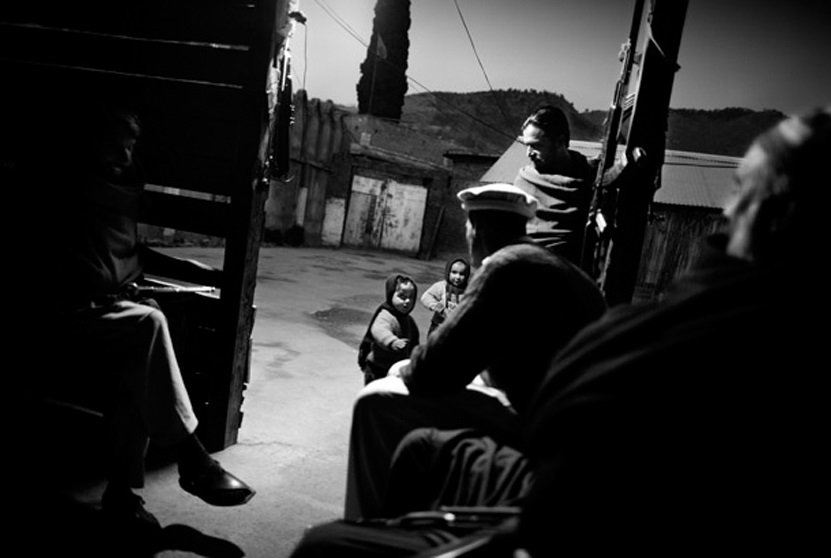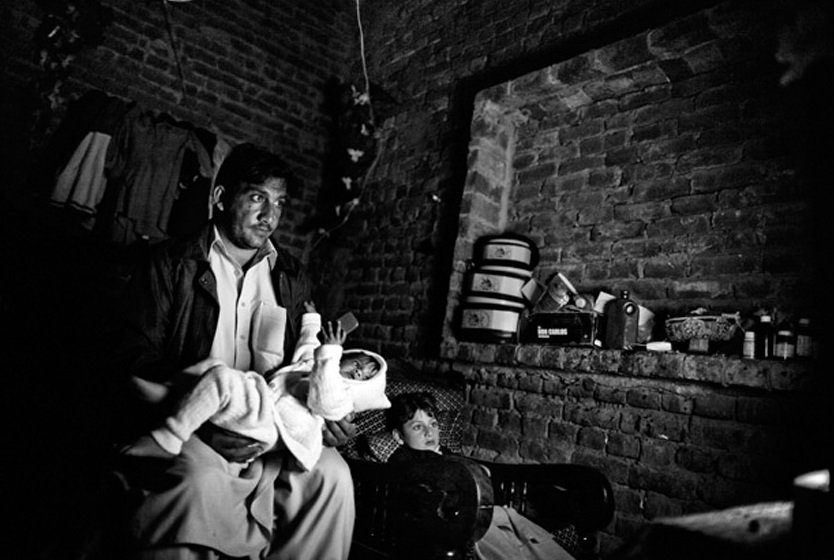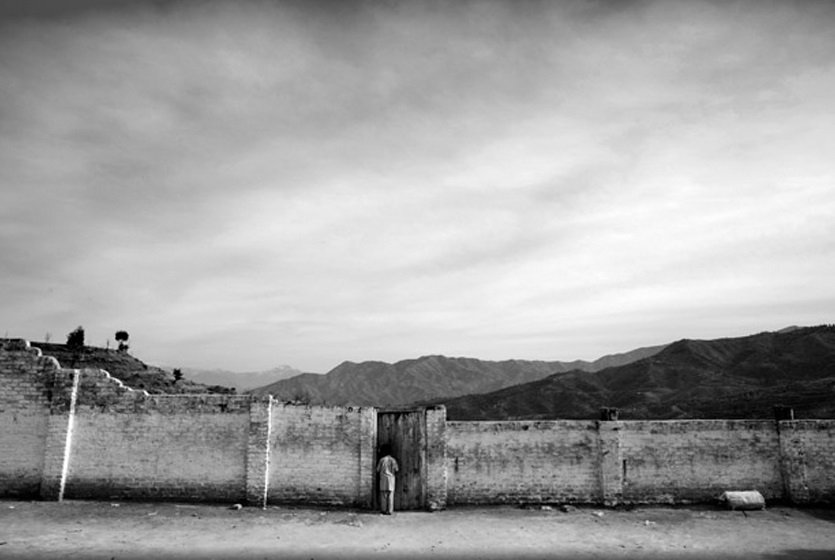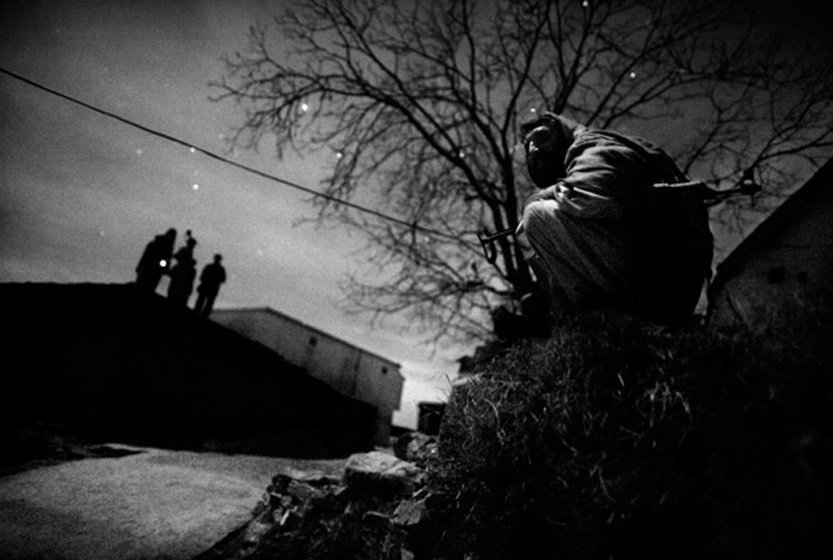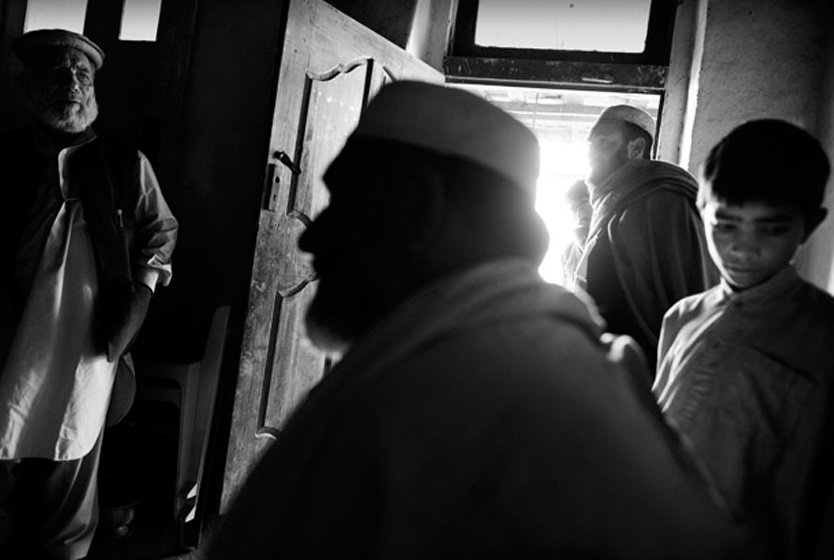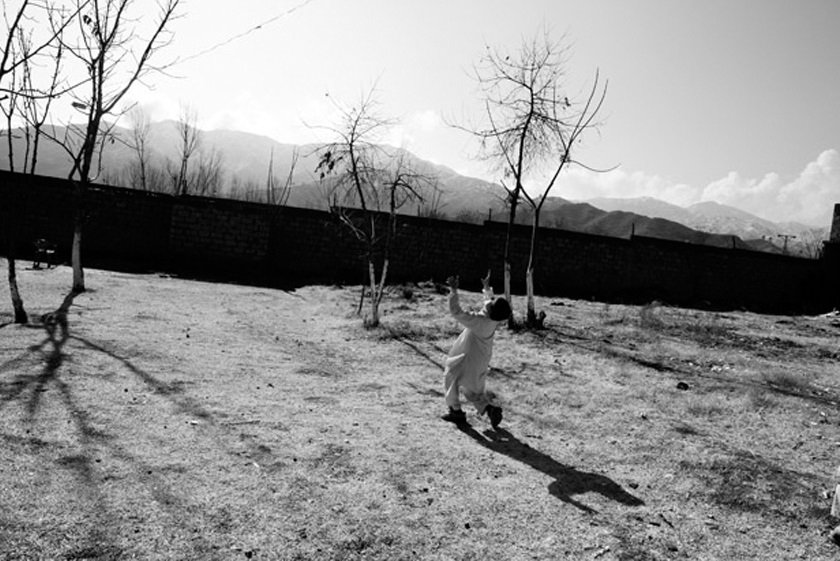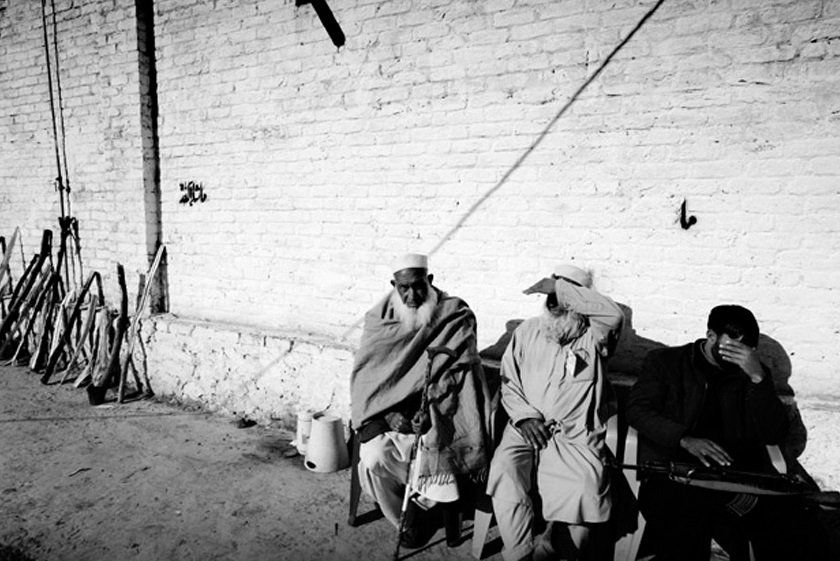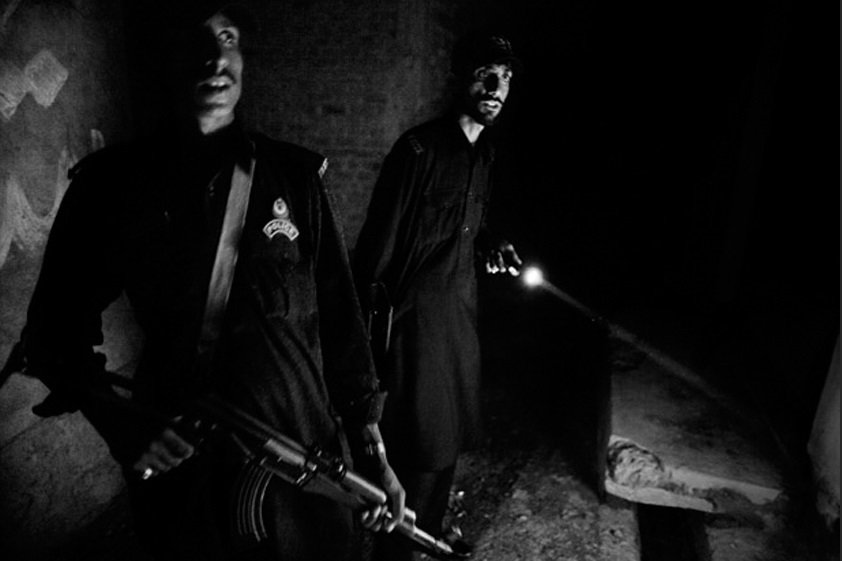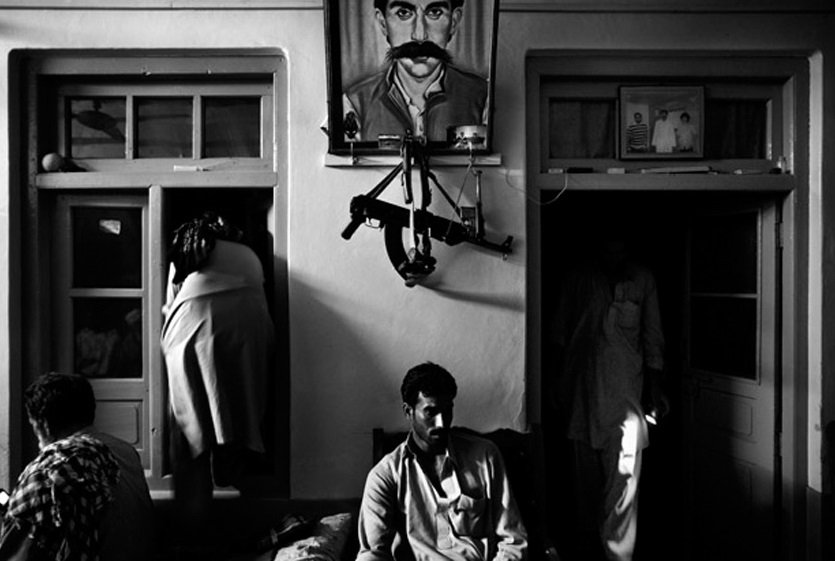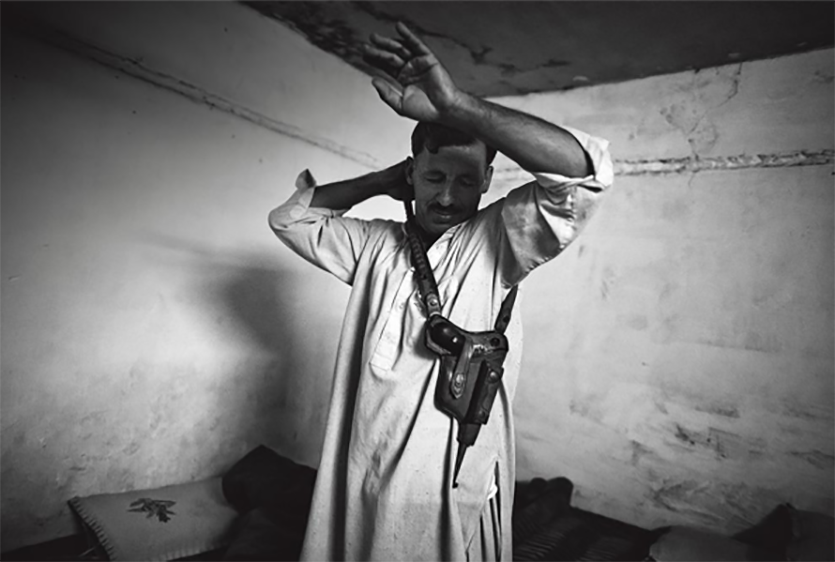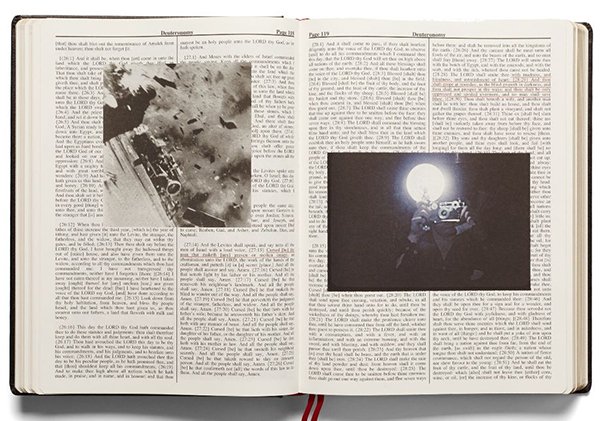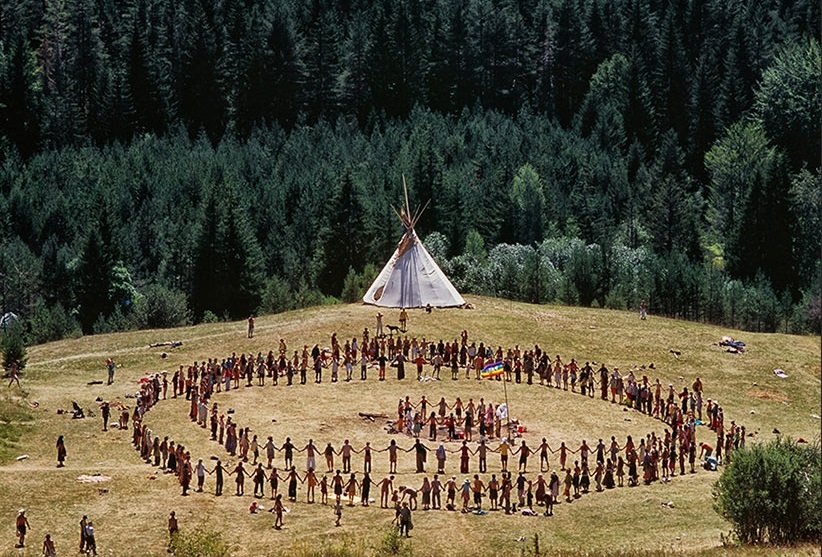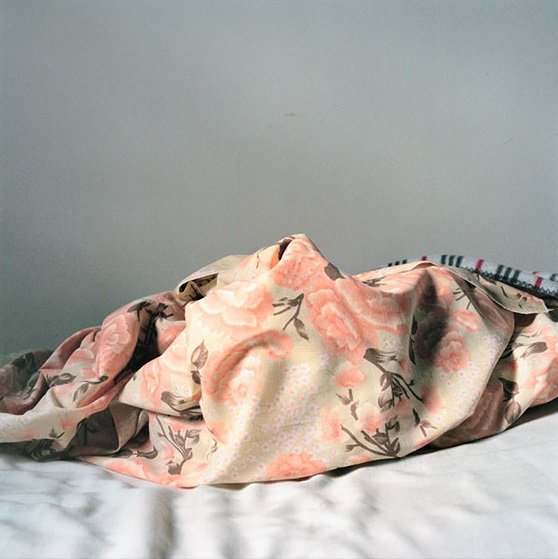Pakistan –
Massimo Berruti’s long-term assignment in the Swat valley, in the provinces of Khyber Pakhtonkhawa, is keeping up with the daily life of the Lashkars. Lashkars are civilian militia historically comprised of tribal warriors, who place themselves in the front line against the Taliban threat. Defending their own people, with the support of the Pakistani army, they contribute to pacifying and ensuring the security of a zone prone to bomb attacks and insurgent infiltration.
Lying along the northern border of Pakistan, the Swat valley fell into Taliban hands In 2007, returning to Pakistani army control only in 2009. Massimo Berruti covered the successful army offensive against the fundamentalist insurgents.These territories close to the tribal zones are today in media spotlight, thanks to the discovery and death of Osama bin Laden there. At the epicentre of omnipresent world terrorism, these zones remain at the forefront of a conflict that extends widely beyond regional issues.
Massimo Berruti compiled this report in Pachtounistan from January to April of 2011.
Pachtounistan is the strategic border area between Afghanistan and Pakistan; a unique locality this second edition took for its theme. Massimo Berruti wishes to highlight the Lashkars’ courage and humanity, so counter to Western preconceptions.
“It is very rare that one experiences so directly, before a photographic work, the feeling of what inspired it and of what from day to day was its purpose. It is especially so as this feeling is completely contrary to what we think – or believe – we know of war Photography” – Christian Caujolle in “Lashkars” Ed Actes Sud 2011
Massimo Berruti is a photographer based in Paris and Rome.


